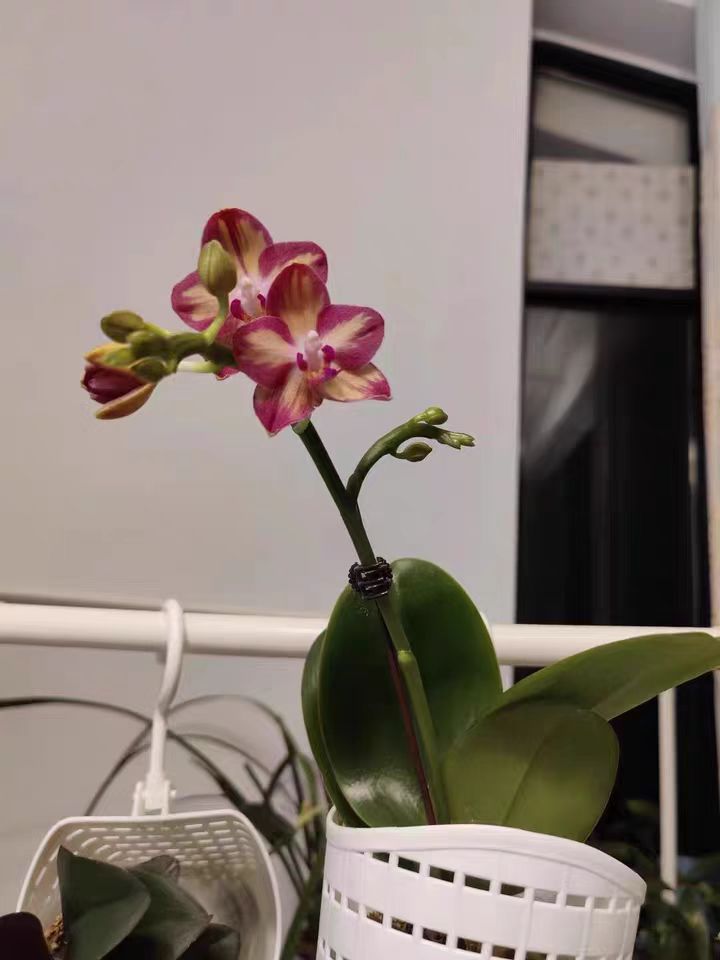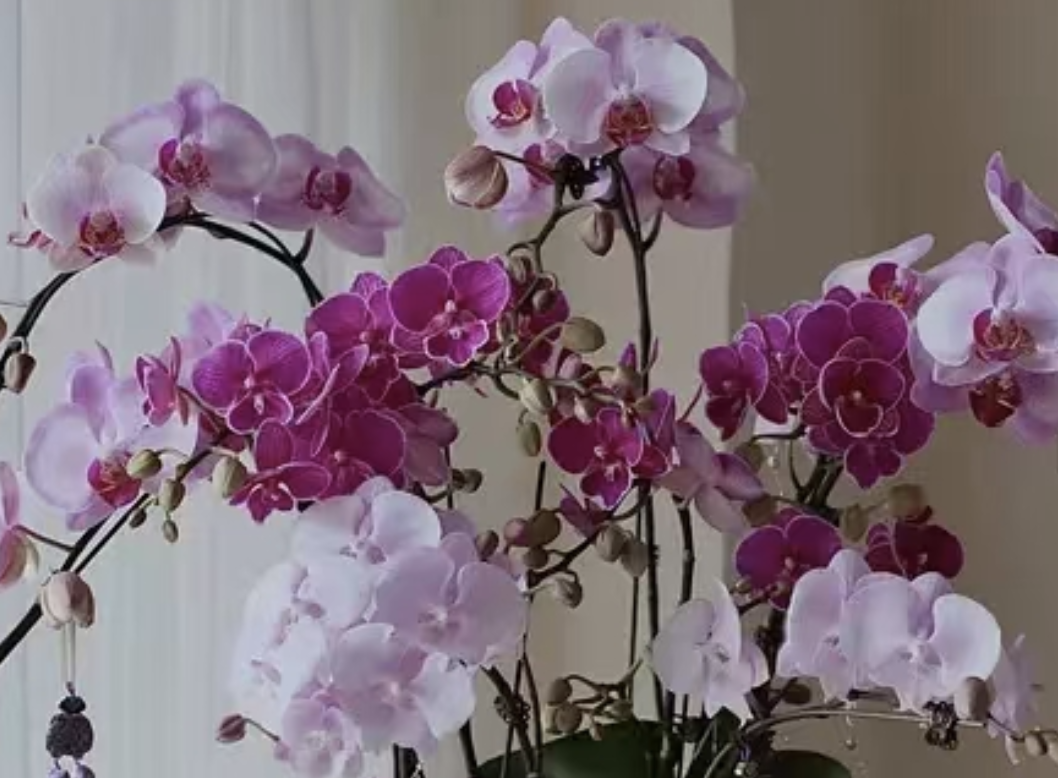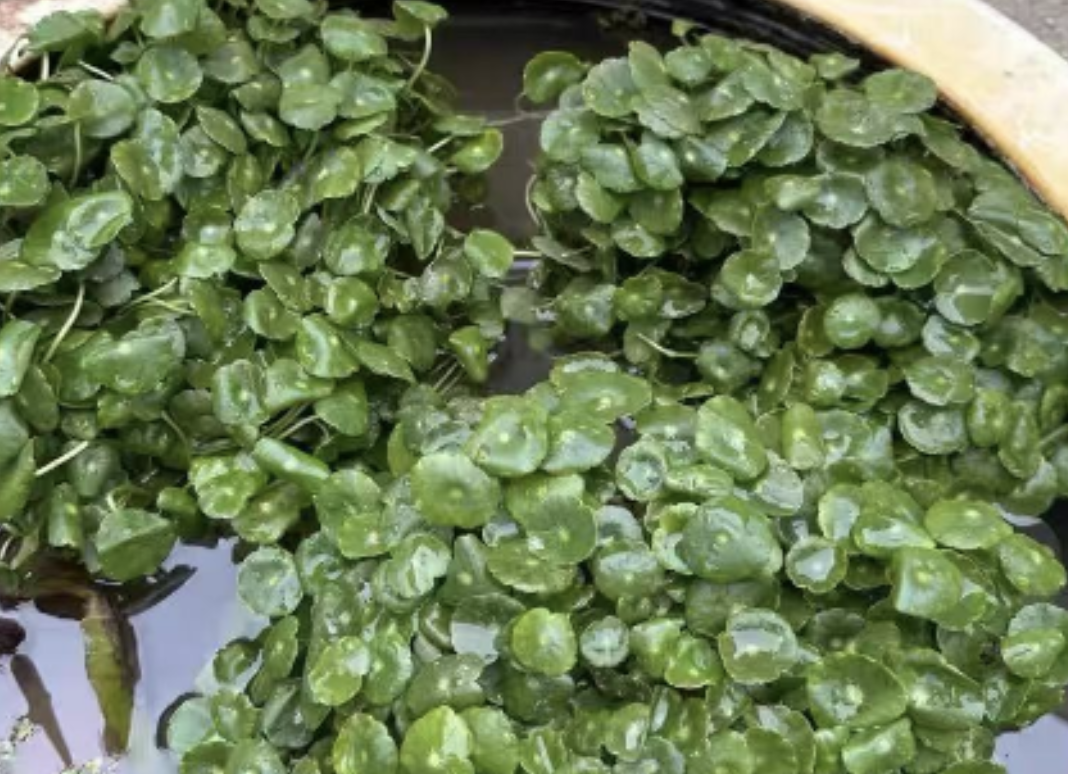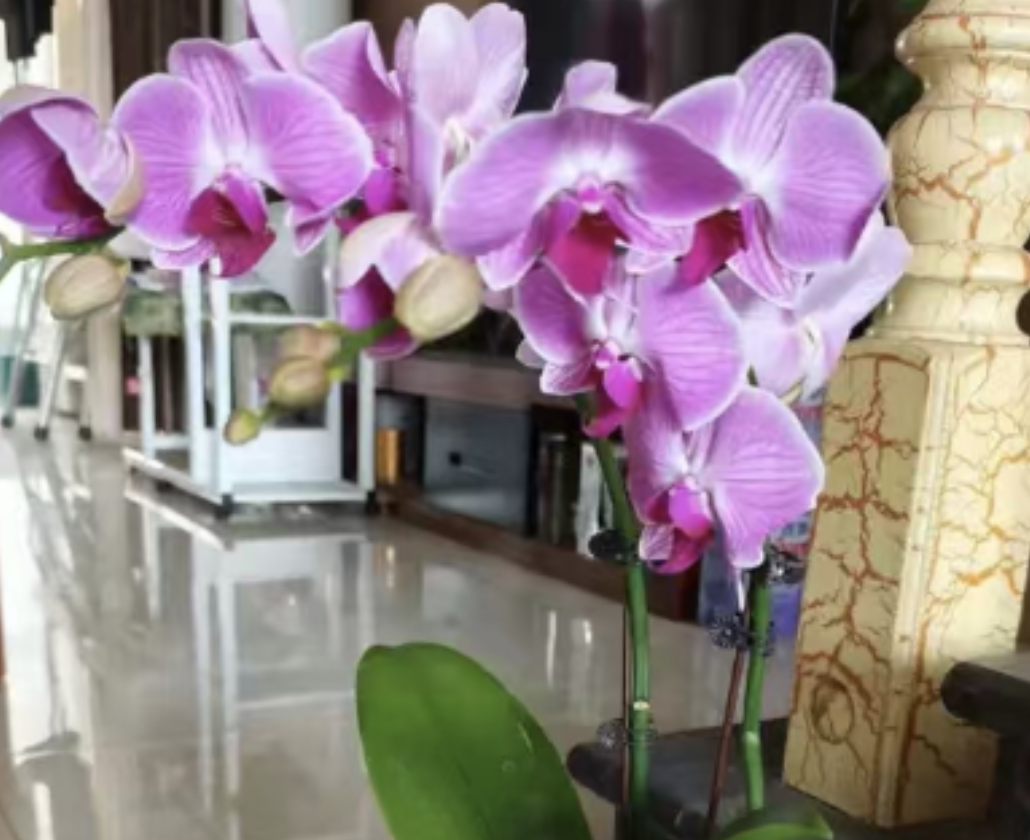Many friends have heard that bark should be used when growing Phalaenopsis, but they are confused when they get it: what kind of bark is suitable? How to judge whether the bark is working well for cultivation?
When choosing bark for Phalaenopsis, attention should be paid to breathability and water retention. The most commonly used is pine bark, especially the one. pine bark is dark in color, soft to the touch without being prickly, and has a faint fermented smell instead of a pungent sour odor. Why must it be ?Raw bark will generate heat when fermenting in the pot, which is easy to burn the roots of Phalaenopsis, so it is definitely not allowed.
In addition to pine bark, willow bark is also good. Willow bark contains natural salicylic acid, which can help Phalaenopsis promote root growth and prevent diseases. When selecting, look for those with fine surface textures and slightly brittle texture, which must also be and clean without impurities. If there is strange mold on the bark, or it is stained with rotten leaves and soil, do not use it, because the bacteria hidden in it can make Phalaenopsis sick in minutes!
Let's talk about the details of bark treatment. The bark cannot be directly put into the pot; it needs to be "processed" first! Break large pieces of bark into the size of a thumb nail. If they are too large, the roots cannot grasp them; if they are too small, they are easy to compact. Then boil them in boiling water for 10 minutes, or soak them in carbendazim solution for half an hour to disinfect the bark and kill the eggs and bacteria inside. After boiling, take them out and put them in a ventilated place to dry thoroughly. Only use the bark when it is completely dry, so that it is safe.
So how to tell if the bark is working well for cultivation? The most intuitive way is to look at the roots of Phalaenopsis. Healthy roots should be plump white or light green, with crystal - clear tips, and feel firm and elastic. If the roots are black, soft and rotten, like over - soaked fungus, it is most likely that the bark has too strong water retention, causing the roots to be stuffy and rotten. You must change the bark and repot it quickly!
In addition to looking at the roots, the state of the plant can also explain the problem. When grown with suitable bark, Phalaenopsis leaves are thick and shiny, new leaves keep emerging, and the flower spikes grow thick and strong. If the leaves are yellow, wrinkled, and limp, and new leaves do not grow for a long time, it is likely that the bark is too dry, with insufficient water retention, or the bark is not fully and is "causing trouble" in the pot.
In addition, we should also pay attention to the changes after watering. Under normal circumstances, after watering, the bark will slowly absorb water and become heavy, but it will gradually become lighter after 2 - 3 days, which indicates that it is breathable and water - retaining. If the bark is still wet after a week of watering, or even has a bad smell, change the bark quickly! If the bark dries out the day after watering, it may be that the bark is too broken and loose, with poor water retention, and you need to mix in some sphagnum moss to adjust it.
Although the bark is inconspicuous when growing Phalaenopsis, it is a key behind - the - scenes contributor! Choose the right bark and know how to judge the state, and your Phalaenopsis can also have strong roots and lush leaves. Remember these tips when choosing bark next time.
What kind of bark is used for growing Phalaenopsis?

Share with
Tagged in :




Leave a Reply